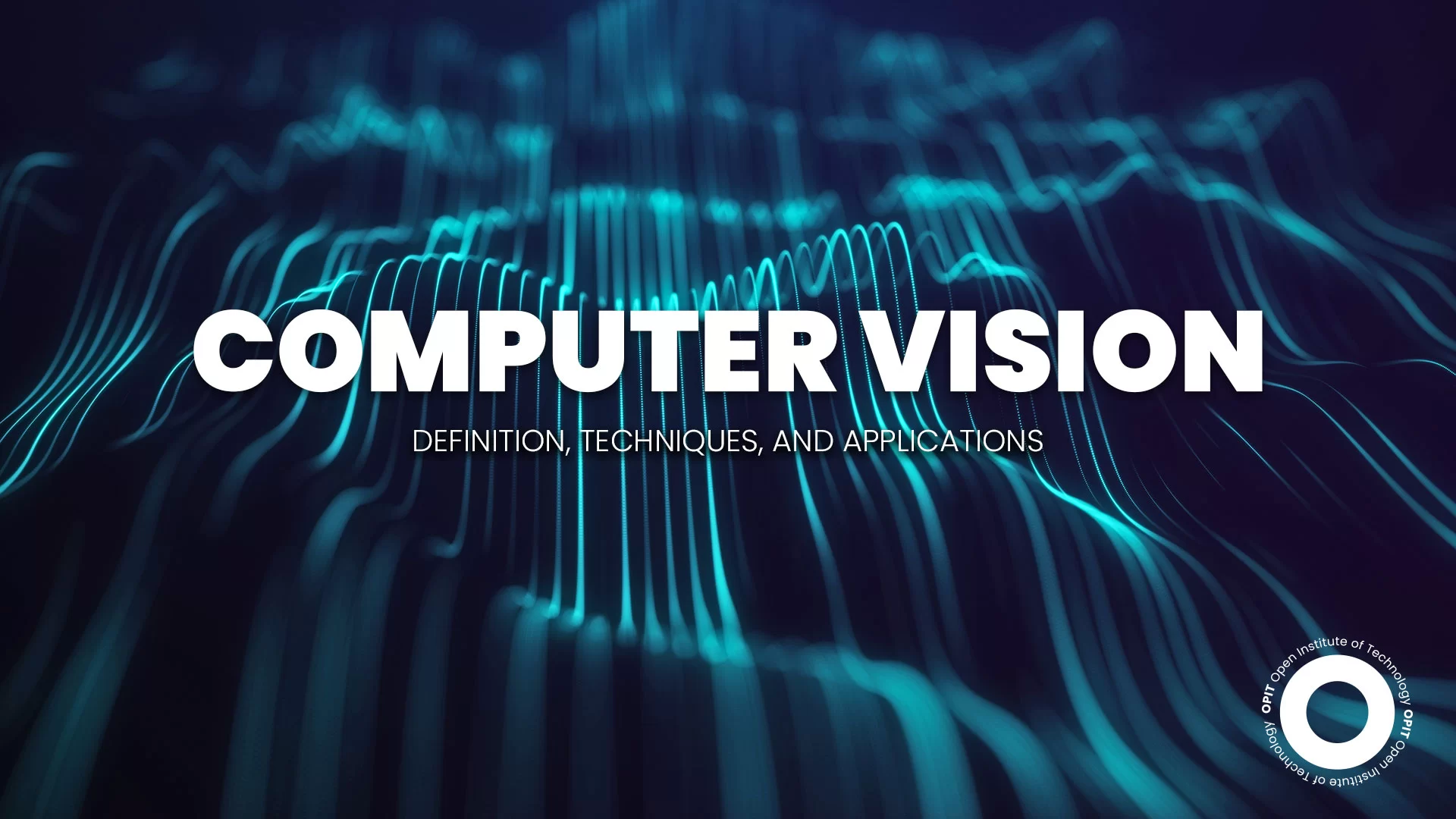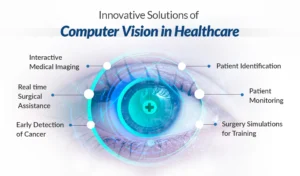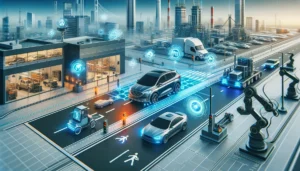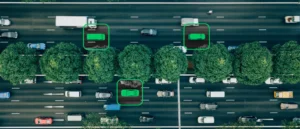Top Computer Vision (CV) Blogs & News Websites — 2025 edition
Staying on top of computer vision in 2025 means juggling research papers, engineering tutorials, industry release notes, model leaderboards, and practical how-tos. Below is a curated, practical guide to the best CV blogs, news sites, and resources you should follow this year — whether you’re a researcher, an engineer shipping models to production, a student learning the ropes, or a product leader tracking trends.
I grouped the list by the kind of value each source provides (research & papers, hands-on tutorials, industry news & engineering, and aggregator/curation). For each entry you’ll get: what it is, why follow it, what you’ll find there, and quick tips for staying updated.
Where to read the papers & track SOTA
1) arXiv — Computer Vision & Pattern Recognition (cs.CV)
What it is: the primary preprint repository for the newest CV research; the cs.CV listing is the daily heartbeat of what’s being released.
Why follow: if you want to see papers the moment they are posted, arXiv is the source of record — from incremental improvements to the next big idea. Many conference submissions and preprints appear here before journal/conference proceedings.
What you’ll find: preprints across object detection, segmentation, generative vision, 3D, medical imaging, robotics vision, and more — often accompanied by code links in the paper.
How to stay updated: subscribe to the cs.CV RSS feed, follow weekly/monthly arXiv digests, or monitor arXiv via tools (paper aggregators, Twitter/X alerts). arXiv
2) Papers With Code — Computer Vision area
What it is: an index that links research papers to their code implementations, organizes leaderboards by task, and tracks state-of-the-art results.
Why follow: Papers With Code (PwC) is indispensable for turning papers into runnable projects — it tells you which implementations exist, which datasets and benchmarks are relevant, and who currently holds SOTA for a CV task.
What you’ll find: task pages (e.g., object detection, image segmentation), model leaderboards, links to GitHub repos and datasets, and curated highlights. Use PwC when you want to reproduce a paper or compare models on a benchmark. Papers with Code+1
Best hands-on tutorial blogs & engineering explainers
3) PyImageSearch (Adrian Rosebrock)
What it is: one of the longest-running hands-on CV tutorial sites focused on OpenCV, computer vision pipelines, and practical deep-learning implementations.
Why follow: PyImageSearch shines at actionable, step-by-step tutorials that quickly get you from idea to working code — great for engineers and learners who want to implement classical CV and modern deep learning solutions alike. The site still publishes regular tutorials (weekly at the time of writing).
What you’ll find: OpenCV guides, deep learning examples, deployment patterns, code snippets, Jupyter/Colab demos, and paid “University” material for deeper learning. If you’re building prototypes or prepping interviews, it’s a go-to. PyImageSearch+1
4) Roboflow Blog
What it is: Roboflow’s developer blog and tutorial hub, with an emphasis on dataset workflows, annotation, model training for practical CV problems, and MLOps for vision.
Why follow: Roboflow is engineered around the real problems teams face when shipping CV models (datasets, annotation quality, augmentation, production inference). Their blog contains clear, modern engineering posts and pipeline recipes.
What you’ll find: walkthroughs for dataset preparation, model selection for production tasks, case studies, and tool integrations (e.g., edge deployments). Their “best computer vision blogs” guide is a useful curated pointer to other resources. Roboflow Blog
5) LearnOpenCV / OpenCV.org Blog
What it is: the official OpenCV community/education resources and the OpenCV Foundation’s blog. OpenCV remains the canonical library for classical computer vision tasks.
Why follow: when you need solid, production-grade image processing, algorithm breakdowns, and example projects (plus updates on OpenCV releases), this is the place. The OpenCV blog also highlights useful community projects and practical ideas for applying CV in industry. OpenCV
Industry research labs & high-quality engineering blogs
6) Meta AI Blog / Facebook AI Research (FAIR)
What it is: research lab posts and engineering notes from Meta (FAIR).
Why follow: Meta often publishes substantial research and engineering writeups for large-scale vision models, multimodal systems, and applied perception systems — useful to see how research transitions into scale. (Search the Meta/FAIR blog for CV, image-and-video posts.)
7) Google AI / DeepMind / Google Research Blog
What it is: research & engineering posts from Google’s AI teams and DeepMind.
Why follow: Google and DeepMind publish accessible deep dives on novel model architectures, datasets, and evaluation protocols — especially when vision is combined with large multimodal or robotics systems.
8) NVIDIA Developer & Research Blog
What it is: NVIDIA’s engineering and research blog, with emphasis on GPU-accelerated CV, inference optimization, and applied vision systems in robotics, medical imaging, and autonomous vehicles.
Why follow: if you care about production performance, deployment efficiency, and practical speedups for vision models, NVIDIA’s posts and SDK announcements are critical.
(For 6–8, check each lab’s blog and “research” pages for the latest CV entries — they are primary sources for major model releases and engineering best practices.)
News, analysis, and broader ML coverage that often cover CV advances
9) The Gradient
What it is: a magazine–style publication that produces explainers, interviews, and thoughtful commentary about ML trends — frequently covers major CV advances with accessible pieces.
Why follow: if you want context and analysis — e.g., what a new vision foundation model means for products — The Gradient often balances technical depth with readable commentary.
10) VentureBeat AI, Synced Review, Marktechpost, Viso.ai
What they are: tech news outlets and industry blogs that cover product launches, research highlights, startups, and conference coverage (CVPR/ICCV/ECCV).
Why follow: excellent for conference summaries, product launches (camera hardware, sensors), and startup news. For example, conference recaps and industry moves (camera startups, chip releases, or major dataset announcements) commonly appear here. (See Marktechpost’s 2025 CV blog roundup for a recent curated list.) MarkTechPost+1
Aggregators, curated lists & community resources
11) “Awesome Computer Vision” (GitHub) and curated lists
What it is: community-maintained GitHub repos and “awesome” lists that collect links to papers, datasets, libraries, and tools.
Why follow: the GitHub lists are extremely useful when you want hand-curated pointers to projects, open datasets, and noteworthy code. They’re also updated frequently by contributors. GitHub
12) Community forums & Reddit (r/computervision), Twitter/X threads
What they are: discussion hubs where researchers and engineers share papers, demos, and implementation tips.
Why follow: fast signals, reproducibility notes, and community-discussed caveats. Use them to discover a paper’s practical quirks or hear about experimental code availability before formal posts appear.
How to use this reading list (a practical plan)
-
Daily (light): scan arXiv cs.CV titles or an RSS summary to catch new preprints. Add one or two papers to “to read” per week. arXiv
-
Weekly (deep): read one tutorial from PyImageSearch or Roboflow and try to replicate it end-to-end in Colab (hands-on beats passive reading). PyImageSearch+1
-
Monthly (context): read The Gradient or a long technical blog from Google/Meta/NVIDIA to understand bigger trends (foundation models, multi-modal vision, edge inference).
-
Conference time (burst): follow live coverage on Voxel51, Synced, VentureBeat, or conference microsites during CVPR, ICCV, and ECCV. Conference summaries are the fastest way to absorb “what the field decided this year.” Voxel51+1
Tips & tools to stay organized
-
RSS + Read-later: Subscribe to arXiv cs.CV + PyImageSearch + Roboflow blogs via RSS. Use a read-later app (Pocket/Instapaper) and batch reading sessions.
-
Papers → Code → Run: When you find a paper on arXiv, check Papers With Code for implementations and leaderboards — it closes the gap between theory and experiment. Papers with Code
-
Watch reproducibility threads: Reddit and GitHub issue threads often note missing details or hyperparameters that matter for reproducing results.
-
Follow key people & labs: Follow researchers, lab accounts (Google Research, Meta AI, NVIDIA Research), and major vision teams on X/LinkedIn for fast signals.
-
Local notes & snippets: Keep a small personal repo (or Notion page) with snippets, links, and short summaries — two paragraphs per paper keeps knowledge retrievable.
Niche & emerging resources to watch in 2025
-
Model-centric MLOps/edge CV blogs (Roboflow, Viso.ai): more teams are shipping vision models on edge devices and phones; these engineering blogs now publish recipe-level content for quantization, pruning, and on-device inference. Roboflow Blog+1
-
Vision + LLM / multimodal tutorials: with the rise of multimodal foundation models, expect hybrid posts (vision encoders + LLM decoders) on major lab blogs and tutorial sites.
-
Hardware coverage: sites like NVIDIA, The Verge, and Reuters’ tech sections will increasingly carry news about depth sensors, 3D cameras, and specialized vision accelerators that matter for deployed systems. Reuters+1
Quick curated “starter kit” for different roles
-
Student / Learner: PyImageSearch + LearnOpenCV + arXiv cs.CV + Papers With Code. (Hands-on tutorials + papers + runnable code.) PyImageSearch+2arXiv+2
-
Researcher: arXiv + Papers With Code + lab blogs (DeepMind, Meta, Google). (Discover, benchmark, and contextualize.) arXiv+1
-
Engineer / MLOps: Roboflow + NVIDIA Developer + OpenCV blog + Viso.ai (for production recipes and deployment guidance). Roboflow Blog+2OpenCV+2
-
Product / Manager: VentureBeat, Synced, Marktechpost — read conference recaps and industry analyses to align product roadmaps with the tech curve. MarkTechPost+1
A final word on signals vs noise
Computer vision in 2025 moves fast: new preprints appear daily, and industry announcements (hardware sensors, model releases, dataset policy changes) can shift what’s practical to build. The trick is signal triage: use arXiv to spot ideas, Papers With Code to check reproducibility and benchmarks, and hands-on blogs (PyImageSearch / Roboflow / OpenCV) to bring those ideas into working projects. Round that out with industry blogs and news outlets for context on deployment, regulation, and hardware.
For quick updates, follow our whatsapp –
https://whatsapp.com/channel/0029VbAabEC11ulGy0ZwRi3j
https://bitsofall.com/h-company-releases-holo1-5-redefining-the-future-of-holographic-intelligence/
https://bitsofall.com/https-yourblog-com-a-coding-guide-to-implement-zarr-for-large-scale-data/
Build Apps Using ChatGPT: The Smart Way to Turn Ideas into Software
Computer Vision in 2025: How Machines Are Learning to See Like Humans








